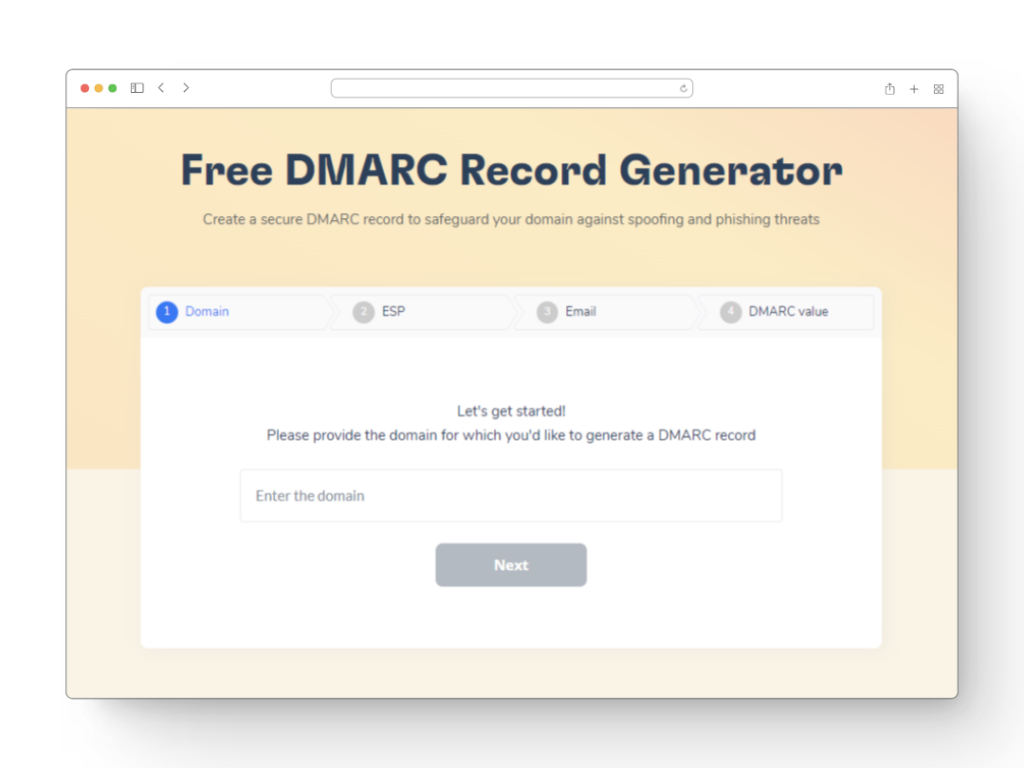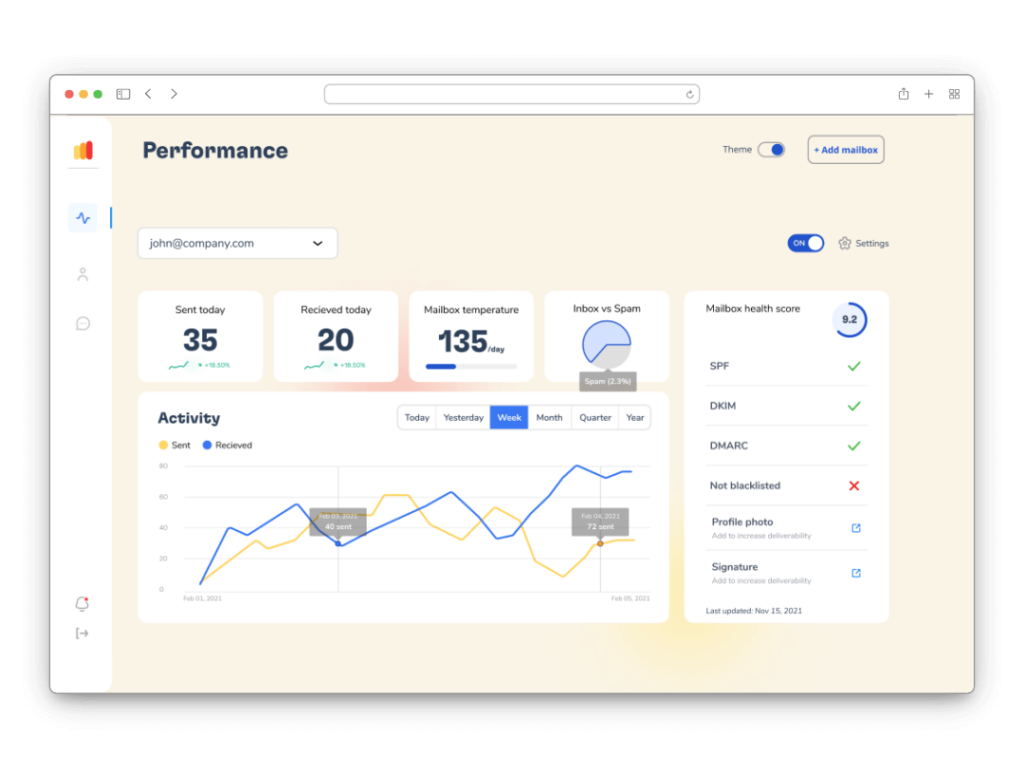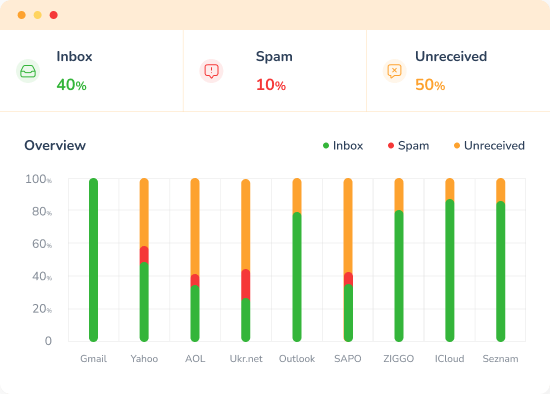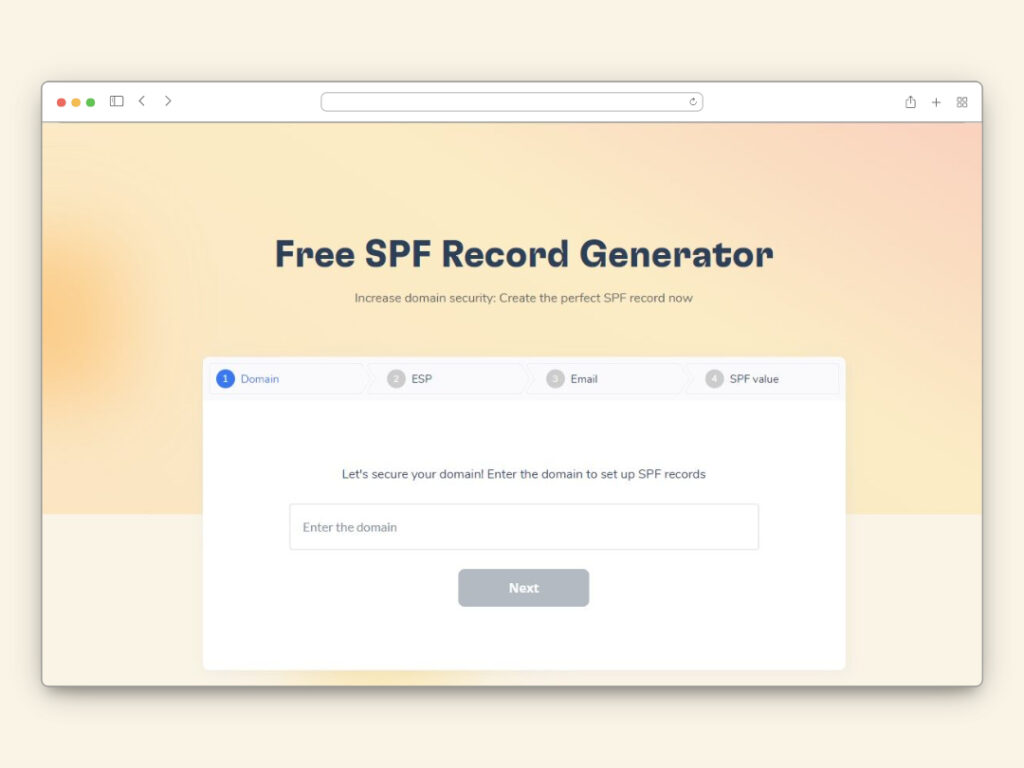Various organizations utilize Office 365 for a more seamless communication process. However, despite its impressive email features, phishing and spam are still inevitable.
Email security for Office 65 is more important now than ever since phishing attempts make up over 80% of security incidents, even email servers outside of Office 365. To combat this, tools such as Domain-based Message Authentication, Reporting, and Conformance (DMARC), SPF (Sender Policy Framework) and DKIM (DomainKeys Identified Mail), DMARC creates a strong defence system that authenticates messages received from a domain and protects email correspondence from fraud.
DMARC: Components and Definition
DMARC is an email authentication method intended to enable email domain owners to stop email spoofing, or unwanted use of their domain. It empowers domain owners to decide how an email receiver should handle emails that fail to pass SPF or DKIM checks, contributing to the development of a more reliable email ecosystem.
Components of a DMARC Policy
A DMARC policy consists of several key components that help specify how an email should be handled when it fails authentication checks. These components include:
Policy (p). Policy tells the receiving mail servers what to do with emails that don’t pass DMARC authentication. These options include:
none– Take no action on the message and deliver it as usual.quarantine– Mark the message as spam or move it to the spam folder.reject– Block the message from delivery altogether.
Subdomain Policy (sp). Indicates the policy for subdomains and can be set if the domain owner wants different handling for subdomains compared to the main domain.
DKIM and SPF Alignment Modes. These modes define how strictly the DKIM and SPF domains should match the domain in the “From” header to pass the DMARC check. The options are:
Relaxed– The DKIM and SPF domains must match the root domain of the “From” address.Strict– The DKIM and SPF domains must exactly match the “From” address.
Reporting Options. DMARC also includes reporting mechanisms where email receivers can send reports back to the sender about messages that pass and/or fail DMARC evaluation. These reports are crucial for organizations to adjust their email authentication practices and policies effectively.
Pre-Requisites for Setting up DMARC in Office 365
Before implementing DMARC in Office 365, ensure your foundational email authentication systems are correctly configured.
- Start by activating SPF. This is to verify emails sent from your domain are from authorized mail servers
- Enable DKIM. Attach a secure signature to each outgoing email, confirming it hasn’t been altered in transit.
- Access Your Domain’s DNS Settings. It modifies SPF, DKIM, and DMARC records.
- Consider using a DMARC record generator. It ensures accurate syntax and set up email addresses to receive DMARC reports.
- Start with a conservative DMARC policy, like ‘none,’ to observe the effects on your email delivery before moving to more restrictive settings. Tools for analyzing DMARC reports can provide valuable insights and help fine-tune your email security measures effectively.
Step-by-Step Guide to Setting up DMARC in Office 365
Step 1: Access Your DNS Management Settings
Begin by logging into the control panel of your domain registrar or DNS provider. This is where you manage DNS records for your domain.
Step 2: Create a DMARC TXT Record
In the DNS management area, you need to create a new TXT record. The name/host field should be set to
_dmarc.yourdomain.com,
replacing “yourdomain.com” with your actual domain. The value of this TXT record is where you’ll define your DMARC policy.
Step 3: Configure DMARC Policy Settings
The value of the TXT record will include your DMARC policy. You can choose from:
v=DMARC1; p=none– Monitoring mode, which does not affect the delivery of your emails but reports on those that fail DMARC checks.v=DMARC1; p=quarantine– Treat emails that fail DMARC checks as suspicious. Depending on the recipient’s email server, these could be placed in the spam folder.v=DMARC1; p=reject– Actively block emails that fail DMARC checks from being delivered at all.
Step 4: Publish the DMARC Record in Your DNS
Save or publish the configured DMARC TXT record in your DNS settings. Receiving email servers will start to utilize this record to decide how to handle emails from your domain that fail SPF and DKIM checks once you activate the DMARC policy for your domain.
Advanced DMARC Settings for Enhanced Security
Once you’ve implemented the basic DMARC configuration in Office 365, you can consider advancing to more sophisticated settings to tighten your email security.
Here are ways to optimize your DMARC policy and integrate with additional security services for comprehensive protection.
Adjusting DMARC Policies for Stricter Email Security
As you become more comfortable with DMARC reports and the impact of your current policy, consider transitioning to a stricter policy. Moving from p=none to p=quarantine or p=reject can significantly reduce the risk of phishing and spoofing attacks using your domain.
Remember to maintain a gradual shift:
- Increase the Percentage of Emails Subject to DMARC. Start by applying the policy to a small percentage of your email traffic and gradually increase this as you verify that legitimate emails are not adversely affected.
- Use the
foTag for Forensic Reporting. This tag requests detailed reports on individual message failures, providing insights into specific issues and allowing for more targeted adjustments. - Implement the
riTag to Adjust Reporting Intervals. Shorten the interval for receiving aggregate reports to quickly identify and respond to authentication failures.
Integrating with Third-Party Security Services
Enhancing DMARC capabilities by integrating with third-party security services can provide deeper insights and better manageability:
- Threat Intelligence Platforms. These platforms can analyze DMARC reports in the context of broader security data, helping to identify sophisticated threats and coordinated attacks more effectively.
- Email Security Gateways. Integrating with gateways that support DMARC can add additional layers of filtering and security checks before emails reach your users’ inboxes.
- Managed DMARC Services. For businesses without the in-house expertise to manage DMARC effectively, third-party managed services can oversee your DMARC setup, make necessary adjustments, and ensure optimal configuration for ongoing security.
Troubleshooting Common DMARC Issues in Office 365
Incorrect DMARC Record Syntax
- Issue: Errors in the DMARC record syntax can lead to it being ignored by receiving servers, thus not enforcing the policy.
- Fix: Double-check your DMARC record for correct syntax. Ensure that it starts with
v=DMARC1;and verify that all semicolons are properly placed. Use online DMARC record validation tools to confirm the record is correct.
SPF and DKIM Misalignment
- Issue: DMARC relies on SPF and DKIM passing. If these are not aligned with the domain in the ‘From’ address, DMARC fails.
- Fix: Ensure that your SPF records include all sending servers and that DKIM signatures are correctly implemented. For DKIM, make sure the
d=domain aligns with the domain in the ‘From’ address.
Too Strict DMARC Policy from the Start
- Issue: Starting with a ‘reject’ policy can disrupt legitimate email flow if not all elements are correctly configured.
- Fix: Begin with a ‘none’ policy to monitor how your emails are processed and only shift to ‘quarantine’ or ‘reject’ after ensuring all legitimate emails pass DMARC.
Free DMARC Record Generator from Warmy.io

Improving email security requires DMARC record setup, but it can be difficult and complicated.
With its Free DMARC Record Generator, Warmy.io provides a simple and approachable solution. Without knowing the intricate syntax needed for DMARC settings, this tool enables you to easily produce a DMARC record.
This tool not only simplifies the creation of DMARC records but also helps ensure that they are error-free, reducing the potential for misconfiguration and enhancing your email security.
Comprehensive Email Tools by Warmy.io

For businesses looking to maximize their email deliverability, using tools like Warmy.io is considered best practice.
Warmy.io provides a suite of free tools designed to enhance your email infrastructure:

This tool assesses your emails against common spam and blacklist databases, providing detailed feedback on what might cause your emails to be flagged as spam. This insight is invaluable for tweaking your email strategies to ensure maximum inbox placement.

Proper SPF setup is crucial for DMARC effectiveness. Warmy.io’s SPF Record Generator helps create accurate SPF records effortlessly, ensuring all authorized sending sources are correctly listed.
Businesses may greatly raise their email deliverability, lower their chance of being blacklisted, and preserve a good sender reputation by using these technologies. Offering these necessary services for free, Warmy.io distinguishes itself and makes advanced email management available to companies of all sizes.
Secure Your Office 365 With DMARC
Implementing DMARC in Office 365 is essential to improving email security and digital communications trust. DMARC reduces spam flagging and protects your domain against email spoofing. The benefits go beyond security, as it also improves your company’s reputation and ensures your communications reach their targets.
DMARC, SPF, and DKIM work together to protect against typical email risks by letting you specify how receivers should handle emails that fail authentication. This proactive method secures your email environment and gives vital feedback through DMARC reports to improve your email operations.
DMARC integration into Office 365 is a smart cybersecurity move that follows email management and compliance best practices. This endeavor safeguards your assets and boosts your digital communication reputation.
📜 Related article:
FAQ
1. What is DMARC Office 365?
DMARC Office 365 refers to the implementation of the DMARC (Domain-based Message Authentication, Reporting, and Conformance) protocol within the Office 365 environment. It is a security measure used to verify that the emails sent from your domain are authorized and have not been tampered with.
2. Why is setting up DMARC Office 365 important?
Setting up DMARC in Office 365 guards against phishing attempts, email spoofing, and other harmful actions using your email domain. It guarantees that recipients receive only authentic emails, improving the sender reputation and email security of your company.
3. How does DMARC Office 365 improve email security?
The ability of domain owners to dictate how email recipients should handle emails that fail DMARC checks enhances email security with DMARC Office 365. It stops unwanted use of your email domain by using policies to either monitor, quarantine, or reject these emails.
4. What are the key components of a DMARC policy in Office 365?
The key components of a DMARC policy in Office 365 include the policy itself (p=none, quarantine, or reject), the alignment modes for SPF and DKIM (strict or relaxed), and the setup for receiving reports on DMARC failures, which help in monitoring and troubleshooting issues.
5. How can I generate a DMARC record for Office 365?
You can generate a DMARC record for Office 365 by using online DMARC record generators, such as the free tool offered by Warmy.io. These generators help you create a correct DMARC record by specifying your desired policy, reporting email, and other settings.
6. What should I do if my emails fail DMARC checks in Office 365?
If your emails start failing DMARC checks in Office 365, review the DMARC reports to identify the cause of the failures. Adjust your SPF, DKIM, and DMARC settings accordingly to ensure that legitimate emails are properly authenticated and delivered.











